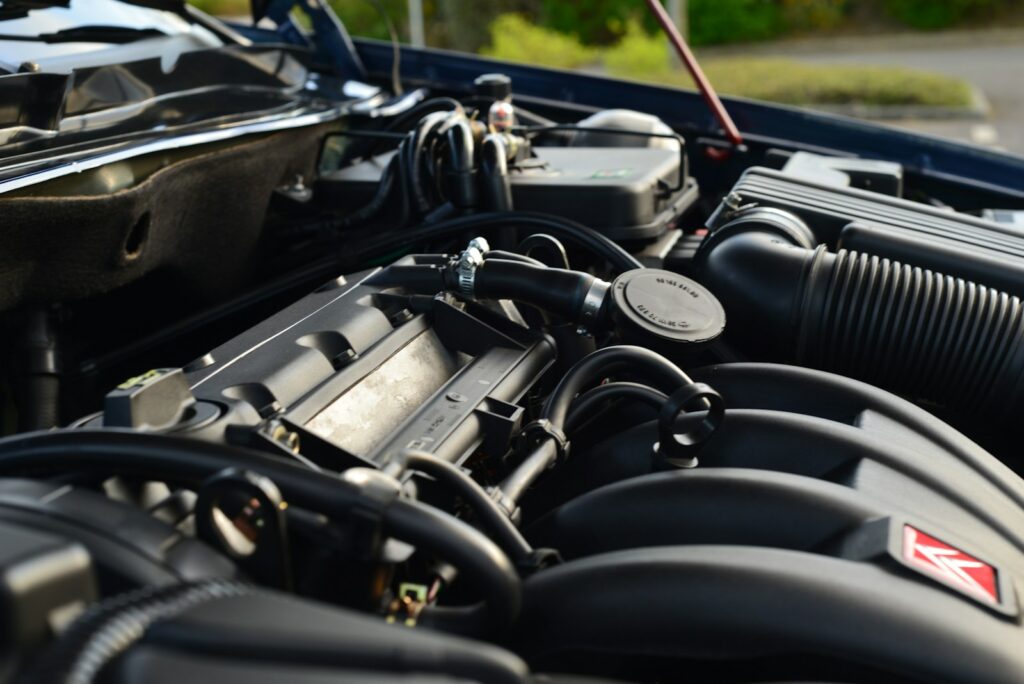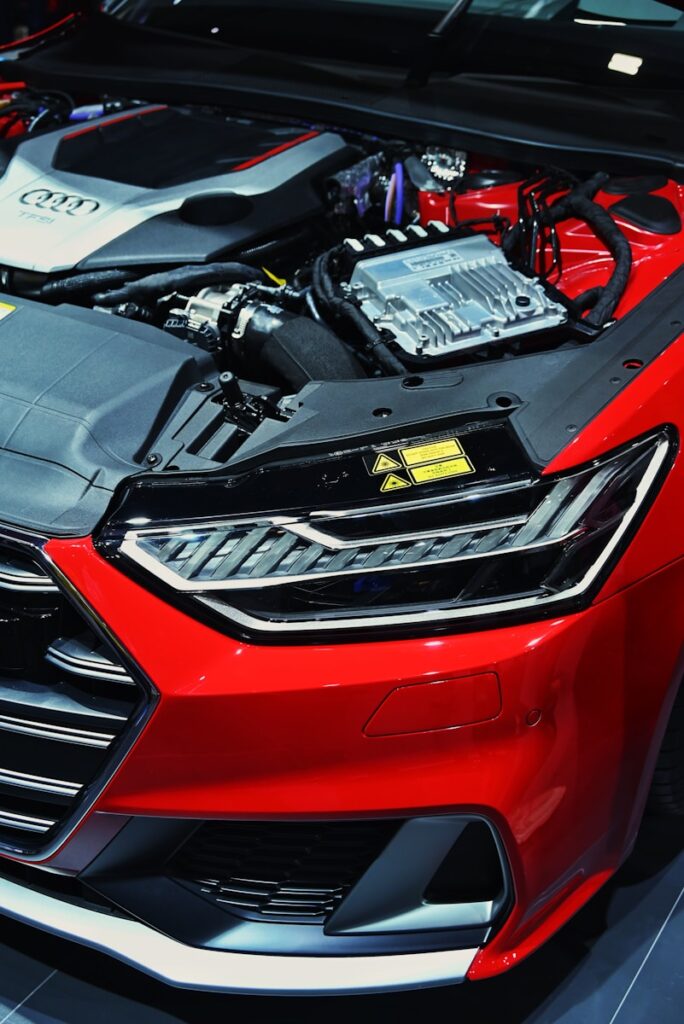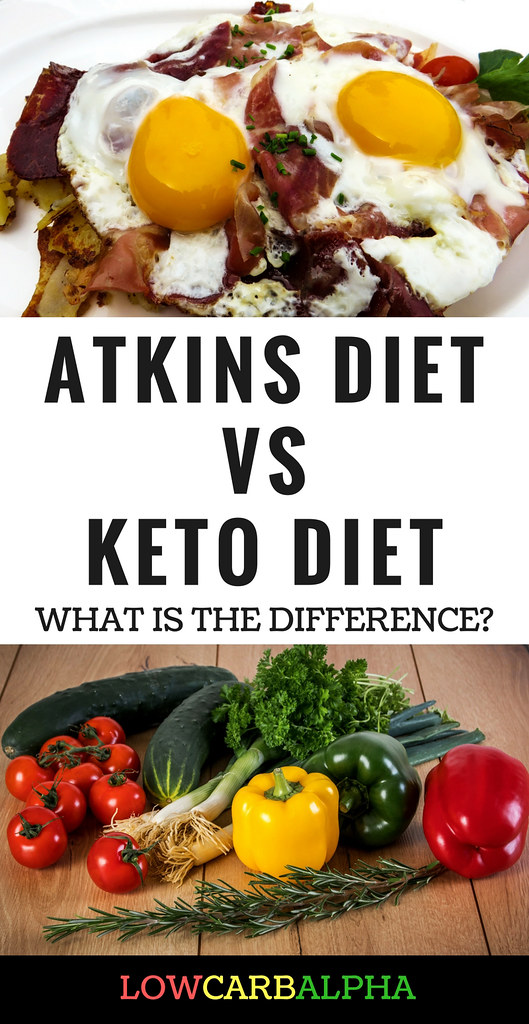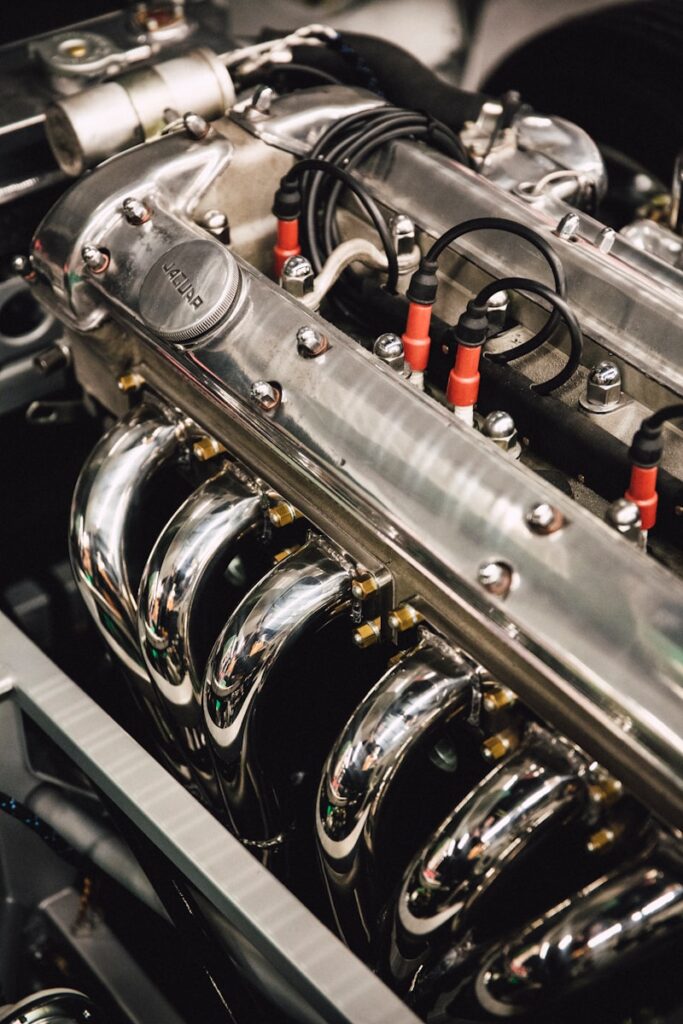
For any car owner, few things are as unsettling as the realization that your trusty vehicle is consuming oil at an alarming rate. It’s a phenomenon that often creeps up as a car accumulates miles, transforming a once efficient engine into what many affectionately—or perhaps, dreadfully—call an ‘oil guzzler.’ While all engines consume a tiny bit of oil as part of their normal operation, with modern engines typically using less than 1/2 quart every 5,000 miles, a significant increase in consumption signals that underlying issues are at play, particularly as vehicles cross the 80,000-mile threshold.
Understanding why your engine might be demanding more oil is crucial, not just for your wallet, but for the longevity and health of your entire vehicle. Ignoring these warning signs can lead to severe engine damage, making minor fixes escalate into costly overhauls or even the need for a complete engine replacement. This in-depth guide is designed to arm you with the knowledge to identify, understand, and address the most common reasons your engine might start exhibiting excessive oil consumption once it hits those higher mileage markers. We’re here to help you keep your car running smoothly and efficiently for many more miles to come.
We’ve delved into the mechanics to bring you an authoritative look at the top nine reasons your engine might be developing a thirst for oil, especially as it ages. From the wear and tear of crucial components to the subtle impacts of fluid choices and driving habits, we break down each potential culprit with practical insights and actionable advice. Let’s explore the critical issues that can turn a reliable engine into an oil guzzler, ensuring you have the information needed to make informed decisions about your vehicle’s care.
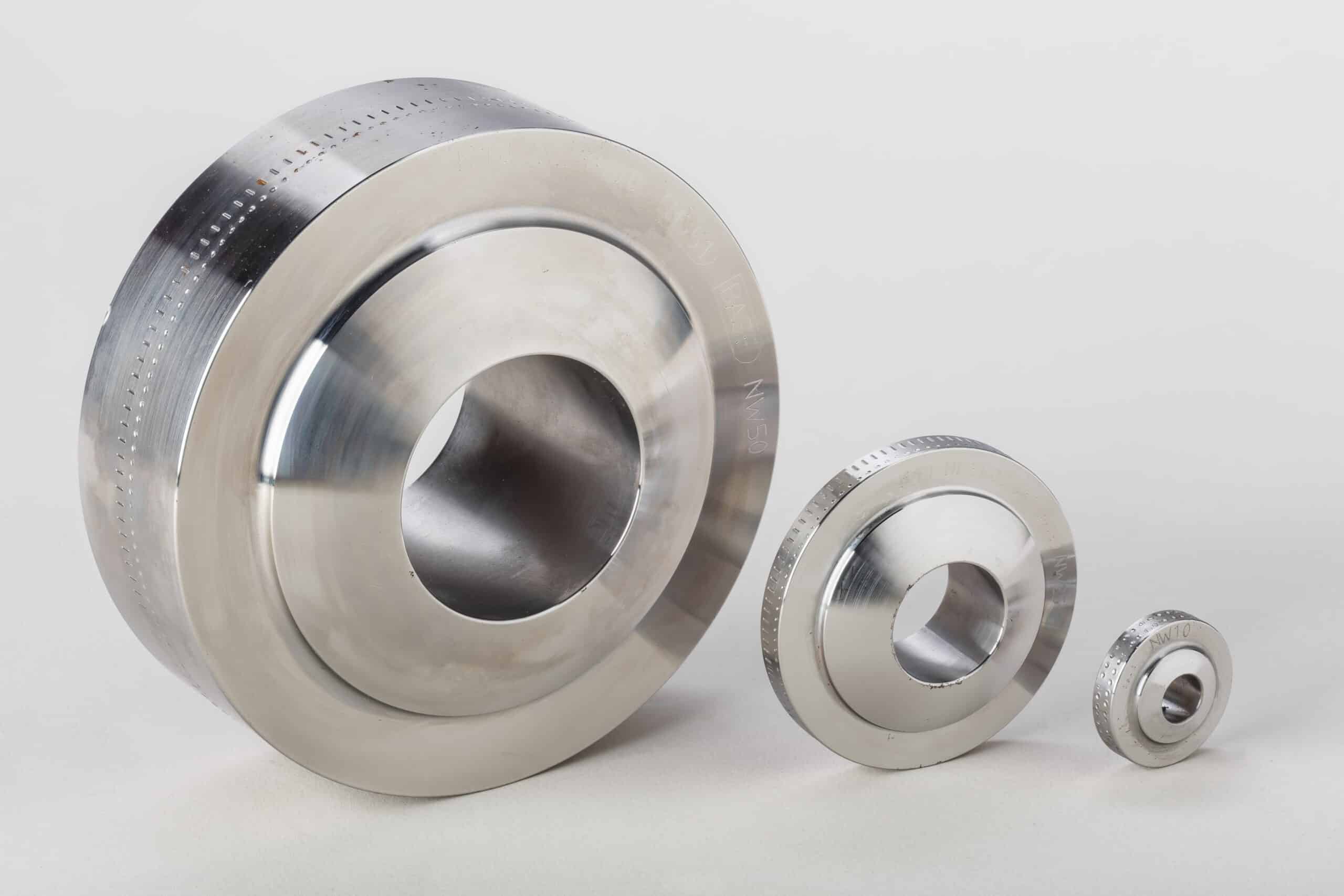
1. **Worn Seals and Gaskets**Every engine is a complex assembly of components, many of which are connected by gaskets and seals designed to prevent oil from escaping. These critical parts—ranging from the easily accessible valve cover gasket to the more challenging-to-reach oil pan gasket—are the unsung heroes keeping your engine’s vital fluids where they belong. Their primary purpose is to provide a tight seal, preventing both external leaks that drip onto your garage floor and internal leaks that allow oil to seep into combustion chambers or other undesirable areas.
However, these essential seals and gaskets are subjected to immense stress throughout an engine’s life. Constant exposure to high temperatures from engine operation, along with the chemical interaction with oil and other fluids, causes them to degrade. Over time, materials can become hardened, brittle, or flat, leading to the formation of gaps between mating surfaces like the valve cover and cylinder head. This degradation compromises their sealing ability, allowing oil to leak through. While external leaks are often visible, worn gaskets can also permit oil entry past valve guide seals internally, contributing to oil consumption without obvious drips.
Technological advances in the last two decades have led to better gasket and seal materials, offering improved durability. However, older engines, which are typically those approaching or exceeding 80,000 miles, may suffer from materials that were less robust or have simply reached the end of their service life. Furthermore, older cars often have bigger tolerances where components connect, inadvertently creating pathways for oil to escape where it wouldn’t in a newer, tighter engine. Addressing these worn components is paramount to stopping oil loss.
The fix for worn seals and gaskets is straightforward in principle but can vary significantly in complexity. For instance, replacing a valve cover gasket, which is located on top of the engine, is generally an easier task. In contrast, replacing an oil pan gasket, situated at the bottom, can be considerably more involved, sometimes even requiring the engine to be removed from the car. Regardless of the location, prompt replacement of damaged and aged gaskets and seals is crucial to restore proper sealing. It’s essential to use quality gasket materials and adhere to manufacturer torque specifications to prevent future leakage, ensuring the mating surfaces are even to avoid recurrence of gaps that allow oil to leak.
Read more about: Buyer Beware: The Critical Weak Points That Turn Older Performance Cars Into Oil-Leaking Nightmares After a Decade
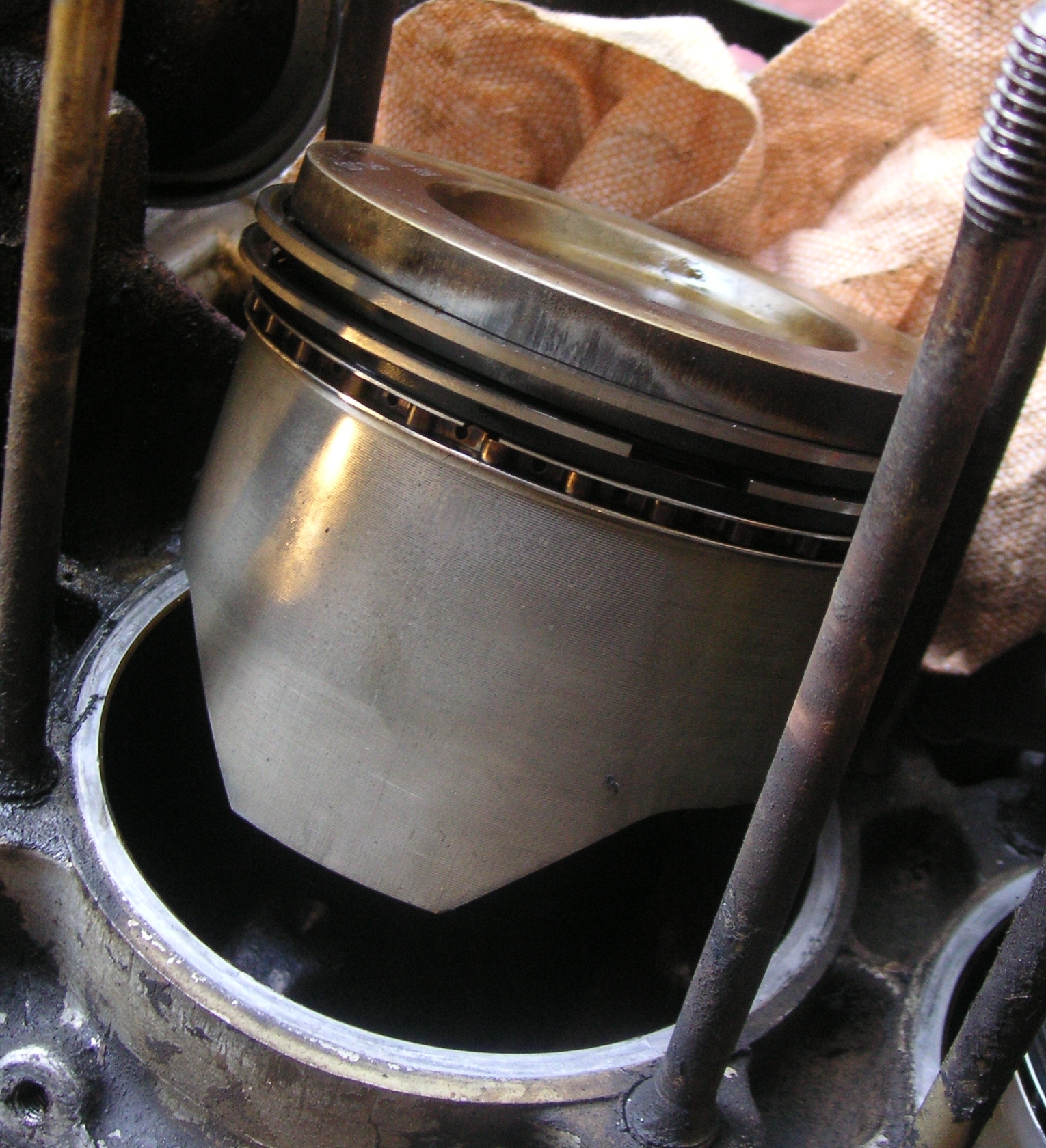
2. **Worn Piston Rings**Deep within your engine’s cylinders, pistons move rapidly up and down, and around their circumference are piston rings that fit into specific grooves. These rings perform a vital function: they act as a seal between the piston and the cylinder wall, preventing engine oil from entering the combustion chamber where it would be burned. Without these rings, the engine’s entire lubrication and combustion process would be severely compromised, leading to immediate and significant problems.
As an engine accumulates miles, especially beyond the 80,000-mile mark, the constant friction and heat cycles cause these piston rings to wear out. This wear can manifest as micro-cracks or reduced tension, which then allows engine oil to seep past them and into the internal combustion chamber. Once oil enters this space, it is burned along with the fuel-air mixture, a process that not only consumes oil but also leaves behind undesirable carbon deposits on the piston rings and cylinder walls. These deposits can further exacerbate the problem by sticking the rings in their grooves, preventing them from sealing effectively.
The consequences of worn piston rings are quite noticeable: your engine’s oil level will steadily decrease, necessitating frequent topping off. Beyond the direct consumption of oil, worn piston rings are a common cause of a phenomenon known as “blowby.” This occurs when combustion gases and unburned fuel/air mixture are pushed past the piston rings and into the crankcase. Blowby not only contaminates the engine oil but also places additional stress on other engine components and contributes to increased oil consumption as oil mist is carried out with these gases.
Replacing worn piston rings is considered the only effective solution for this problem, but it is by no means an easy fix. It represents one of the most involved and labor-intensive repairs an engine can undergo. The process requires extensive disassembly, including the removal of pistons, the crankshaft, and many other internal components. Typically, the engine must be removed from the car entirely before this work can commence. Given its complexity and the specialized tools and knowledge required, this job is best entrusted to a seasoned professional mechanic who can ensure the work is completed correctly and efficiently.
Read more about: Mechanic’s Urgent Alert: The 14 Engine Symptoms That Spell Disaster for Your Car
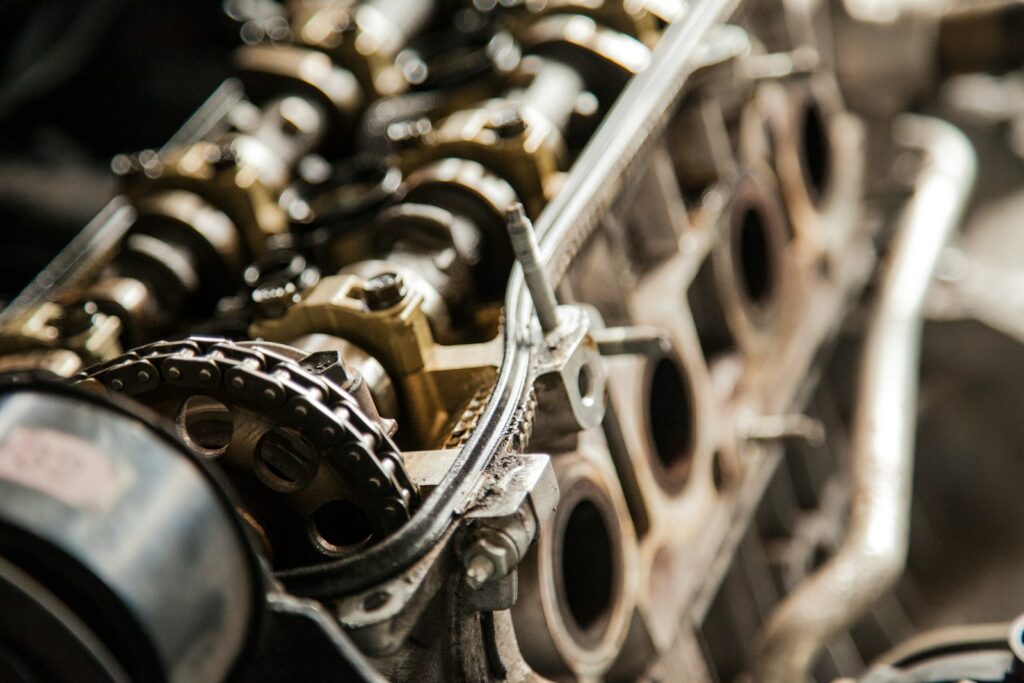
3. **Worn Valve Guide Seals in the Cylinder Heads**The cylinder heads of your engine house the intake and exhaust valves, which precisely open and close to control the flow of the air-fuel mixture into and out of the combustion chambers. For these valves and their associated mechanical components, such as rocker arms or camshafts, to operate smoothly and efficiently, they require constant lubrication from engine oil. To prevent this lubricating oil from entering the combustion chamber during valve operation, small but crucial components known as valve guide seals are in place.
Over time and with the accumulation of high mileage, these valve guide seals are exposed to repeated heat cycles and constant contact with oil. This exposure causes the materials of the seals to degrade; they can harden, shrink, or develop tiny cracks. When these seals lose their integrity, they are no longer able to effectively prevent oil from being pulled past them into the engine’s cylinders during operation. This is particularly true during the intake stroke, where engine vacuum can draw oil past the compromised seals.
Once oil bypasses the worn valve guide seals and enters the combustion chamber, it is burned off as part of the combustion process. This direct burning of oil is a significant contributor to excessive oil consumption. The signs of this issue might include visible blue smoke from the exhaust, especially on startup or during deceleration, and a noticeable decrease in your engine’s oil level between changes. While typically only one or two seals might develop cracks initially, the repair process often necessitates addressing all of them due to the labor involved.
The unfortunate reality is that valve guide seals are not designed to be rebuilt or repaired once they begin to fail; they must be replaced. The job itself is quite extensive because it often requires the removal of components like rocker arms or the camshaft to gain access to the seals. Due to the significant labor involved in reaching these components, it is almost always recommended to replace all the valve guide seals at one time, rather than just the faulty ones. This preventative approach helps to avoid the need for repeat disassembly in the near future if another seal were to subsequently fail, ensuring a more durable and comprehensive fix for stubborn oil burning issues.
Read more about: Investor Alert: Unmasking the 15 High-Mileage Maintenance Traps That Can Sink Your Savings
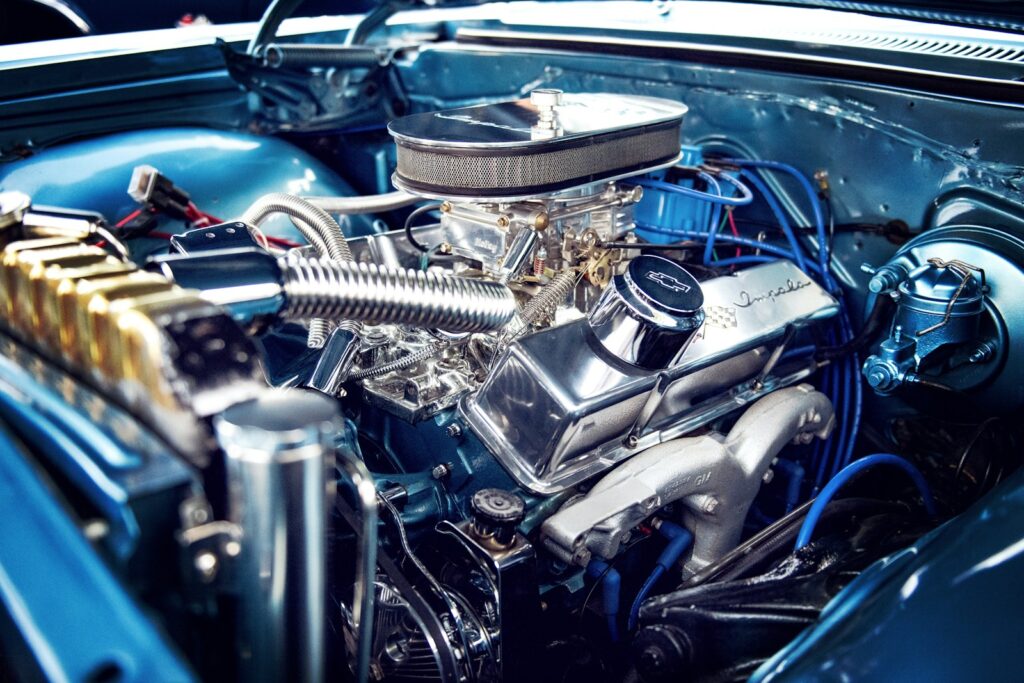
4. **PCV System Issues / Vacuum Leak Or Blocked Crankcase Vent**The Positive Crankcase Ventilation (PCV) system is a sophisticated yet essential component designed to manage the internal gases and pressures within your engine. Its primary function is to pull vapors and excess pressure, often referred to as blowby gases, from inside the engine’s crankcase and redirect them to be burned harmlessly in the cylinders. This process prevents harmful pressure buildup, which could otherwise force oil past seals and gaskets, and recycles excess oil mist and vapors back into the engine, promoting cleaner operation and reducing emissions.
However, when problems arise within the PCV system, this delicate balance is disrupted, leading to increased oil consumption. A common culprit is a clogged PCV valve or a blocked intake path. These obstructions prevent the proper flow of crankcase vapors, causing pressure to build up. This increased internal pressure can then force oil past various engine seals and rings, pushing it into the combustion chambers where it is burned. Additionally, restricted flow can cause oil mist to accumulate inside the crankcase, which is then more readily sucked into the cylinders, further contributing to oil consumption.
Beyond the PCV valve itself, vacuum leaks or blocked crankcase vents can also lead to significant oil loss. Your engine relies on a carefully regulated vacuum to operate various accessories and for proper air-fuel mixture control. A vacuum leak can inadvertently pull oil into the intake manifold, where it eventually makes its way into the combustion chamber. Similarly, if the crankcase vent lines are blocked, the pressure within the engine cannot be adequately relieved, leading to the same issues of oil being forced past seals and into the combustion process. These issues not only increase oil consumption but can also foul spark plugs and potentially damage catalytic converters over time.
Diagnosing vacuum leaks or a blocked crankcase vent can be challenging, as the source might not be immediately obvious. Professional mechanics often use smoke machines to inject vapor into the engine and vacuum lines, allowing them to visibly trace and pinpoint the exact location of a leak. Once identified, the fix typically involves inspecting and replacing any faulty PCV system parts, such as hoses, valves, and filters. Fortunately, the vacuum and crankcase vent lines, which are often made of plastic or rubber, are usually inexpensive to replace once the leak or blockage has been found, helping the system flow properly again and significantly reducing oil getting past critical engine seals and rings.
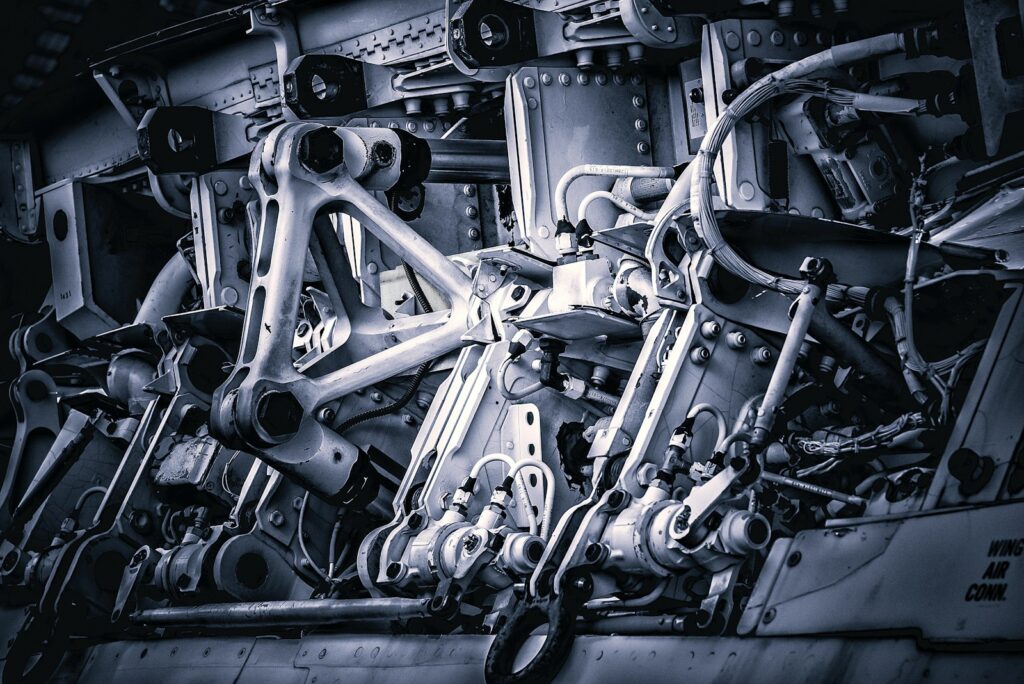
5. **Scored Cylinder Walls**Within the heart of your engine, the pistons move within precisely machined cylinder walls. These surfaces are designed to be highly polished and smooth, providing an ideal environment for the piston rings to slide against as the piston travels up and down during the combustion cycle. This smooth interaction is fundamental to efficient engine operation, ensuring a tight seal and minimizing friction. The integrity of these cylinder walls is therefore paramount to maintaining proper oil containment and preventing its entry into the combustion process.
Over the extensive life of an engine, particularly as it accumulates significant mileage, these polished cylinder surfaces are subjected to continuous wear and tear. This prolonged operation, combined with factors like heat, friction, and even minor debris, can lead to the formation of micro-cracks or score marks on the cylinder walls. These imperfections, though initially small, compromise the smooth, sealed surface, creating pathways that allow engine oil to seep past the piston rings. Once oil bypasses these scores, it enters the combustion chamber, where it is slowly burned and consumed as your engine runs.
The consequence of scored cylinder walls is a noticeable increase in oil consumption, with owners often finding that a significant amount, perhaps a quart or more, is missing at their next oil change. This direct burning of oil can also contribute to carbon buildup on piston rings and valve stems, further degrading engine performance and potentially leading to other issues down the line. It’s a problem that indicates deep-seated wear within the engine’s core components, necessitating a thorough assessment to prevent more severe damage.
Addressing scored cylinder walls typically involves a range of solutions, depending on the severity of the damage. For minor scoring, a temporary repair might involve the use of a pour-in oil solution specifically formulated to bond to the cracks, which can help reduce oil consumption. However, this is not a permanent fix. For a lasting solution, the engine must be disassembled, and the cylinder walls need to be re-polished. In cases where the cracks are too large or deep, the cylinders may need to be ‘bored’ (enlarged) to restore a smooth, uniform surface, requiring the use of larger diameter pistons during reassembly. In the most severe instances, if the engine cylinders cannot be enlarged or repaired adequately, the entire engine block may need to be replaced, highlighting the gravity of this particular issue.
Read more about: Beyond the Beaten Path: Unearthing 13 Forgotten Utility Vehicles That Are Off-Road Adventure Gems
6. **You Chose The Wrong Type of Oil For Your Engine**The engine oil you select is far more than just a lubricant; it’s a critical component tailored to your vehicle’s specific design, and an incorrect choice can significantly exacerbate oil consumption, especially in engines that have accumulated considerable mileage. Every engine manufacturer rigorously tests and recommends a precise type and weight of oil, optimized for the intricate tolerances and operating conditions within their powerplants. Deviating from these carefully determined specifications, whether by opting for an inappropriate viscosity or a different base oil, disrupts the engine’s delicate balance, compromising both lubrication and its ability to seal effectively.
A frequent misstep observed among car owners, often influenced by informal advice, is the practice of modifying oil viscosity—for instance, transitioning from a lower-viscosity oil to a higher one—with the aim of curtailing existing oil leaks. While seemingly logical, such changes can lead to unintended complications. The internet often provides bad advice, like adding diesel engine oil to a gasoline engine or drastically changing engine oil weight. Such counsel can lead to adverse effects rather than solutions, directly causing higher oil consumption because the chosen oil deviates from what is recommended for the engine.
Consider the case of synthetic oils. While generally lauded for their superior lubricating properties, their unique formulation and different flow characteristics can be a double-edged sword for older vehicles. Synthetic oils are sometimes able to navigate and permeate tighter openings more readily than conventional oils. In engines that have surpassed the 80,000-mile mark, seals and gaskets naturally begin to deteriorate, developing minor cracks. In these scenarios, the flow properties of synthetic oil can exploit these minute imperfections, leading to increased oil seepage and, consequently, higher consumption where a conventional oil might not. For elevated oil consumption in an older engine, if your vehicle has consistently relied on conventional oil, reverting to a conventional oil specifically designed for high-mileage engines can often help mitigate minor leaks.
Furthermore, the quality and age of your oil are just as vital as its type. If the oil in your engine is simply old, degraded, or laden with accumulated debris and dirt, its ability to lubricate effectively diminishes. This forces the engine to compensate by consuming more oil. A clear visual indicator of such degradation is oil that appears dark brown or black. Recognizing this sign should prompt an immediate oil and filter change. Always consult your owner’s manual for the manufacturer’s recommended oil type and speak with a trusted mechanic before making significant changes, ensuring optimal protection without unnecessary consumption.
Read more about: Buyer’s Remorse on Wheels: The 15 Vehicles That Left Owners Longing for a Do-Over
7. **You Keep Missing Your Oil Change Frequency**Among the various factors that lead to increased engine oil consumption, neglecting the recommended oil change frequency stands out as a critical yet entirely preventable cause. While minor deviations, such as exceeding by a few hundred miles, are unlikely to cause immediate issues, consistently stretching these intervals, particularly by thousands of miles, profoundly impacts your engine’s health. This negligence inevitably accelerates wear and tear, setting the stage for significant oil loss and potential long-term damage that could otherwise be avoided.
The fundamental issue revolves around the inherent degradation of engine oil over its operational lifespan. As oil circulates through a hot, active engine, it is subjected to intense thermal cycles and chemical processes that break down its protective additives. Simultaneously, it acts as a collector for microscopic metal particles, combustion byproducts, and various dirt and debris. Although the oil filter works diligently to trap these contaminants, its capacity is not limitless. Once the filter reaches its saturation point, it loses much of its efficacy, allowing these harmful particulates to circulate freely. This gradually transforms the oil into a less effective, abrasive fluid, dramatically increasing friction and heat. This degraded oil loses optimal viscosity, becoming thinner and less capable of creating a robust protective film. Furthermore, accumulated dirt and debris foster sticky sludge and varnish deposits, which can clog vital oil passages, impede component movement, and even cause piston rings to stick, compromising their sealing function and allowing oil to bypass into the combustion chambers, leading to increased burning.
Fortunately, rectifying and preventing this issue is one of the most accessible and cost-effective aspects of vehicle maintenance. Adhering strictly to your manufacturer’s recommended oil type and change intervals is the simplest and most effective preventative measure. This might involve taking your car to a local oil change service or undertaking the job yourself, which can be a relatively quick and straightforward task. For engines that may have accumulated internal gunk due to missed changes, specialized pour-in solutions are available to help dissolve and remove these deposits prior to a fresh oil and filter replacement, giving your engine a clean slate and dramatically reducing its appetite for oil.
Read more about: The Service Bay Staple: 14 Models That Demand Constant Attention Before 60,000 Miles Are Up

8. **You Have High Oil Pressure Inside Your Engine**While the dangers of insufficient oil pressure are widely understood, excessively high oil pressure is a less recognized, yet equally problematic, contributor to increased oil consumption and potential engine damage. An engine is meticulously engineered to function optimally within a very specific, narrow range of oil pressure. This precise calibration ensures all vital components receive adequate lubrication without subjecting critical seals and gaskets to undue stress. When internal oil pressure surges beyond its intended upper limit, it can aggressively force oil past these protective barriers, leading to undesirable and costly consequences.
Under conditions of elevated oil pressure, the engine’s lubrication system becomes overwhelmed, causing oil to flood through its intricate passages in excessive amounts. This surplus oil can then be driven past various engine seals and gaskets—components explicitly designed to contain it—making its way onto the cylinder walls or into other internal areas where it is not intended to be present. Once oil breaches these boundaries and enters spaces like the combustion chambers, it is burned off as an unintended part of the combustion cycle. This results in a noticeable and often rapid decrease in your engine’s oil level. Pinpointing the exact cause is paramount. One common and easily correctable cause is simply adding too much oil during a routine oil change; overfilling elevates internal pressure. Beyond human error, a faulty setting on the vehicle’s central computer can also maintain persistently high pressure. If the issue stems from an overfilled crankcase, draining a small amount of oil can normalize pressure.
However, if high oil pressure persists or overfilling is ruled out, the underlying cause is likely more intricate, potentially involving a malfunctioning oil pump, a stuck pressure relief valve, or an electronic sensor fault, which requires professional diagnosis. Ignoring persistent high oil pressure is not merely an inconvenience of frequent oil top-offs; it carries significant risks for the long-term health of your engine. Constant stress on seals and gaskets can accelerate their degradation, leading to more pervasive leaks. Moreover, burning excess oil can lead to detrimental carbon buildup on critical components like spark plugs and catalytic converters, impairing performance and potentially damaging emission control systems. Therefore, prompt diagnosis and correction are vital to restore proper function and prevent severe, expensive repairs.
Read more about: Elevate Your Ride: Simple Secrets to Painting Your Brake Calipers Like a Professional
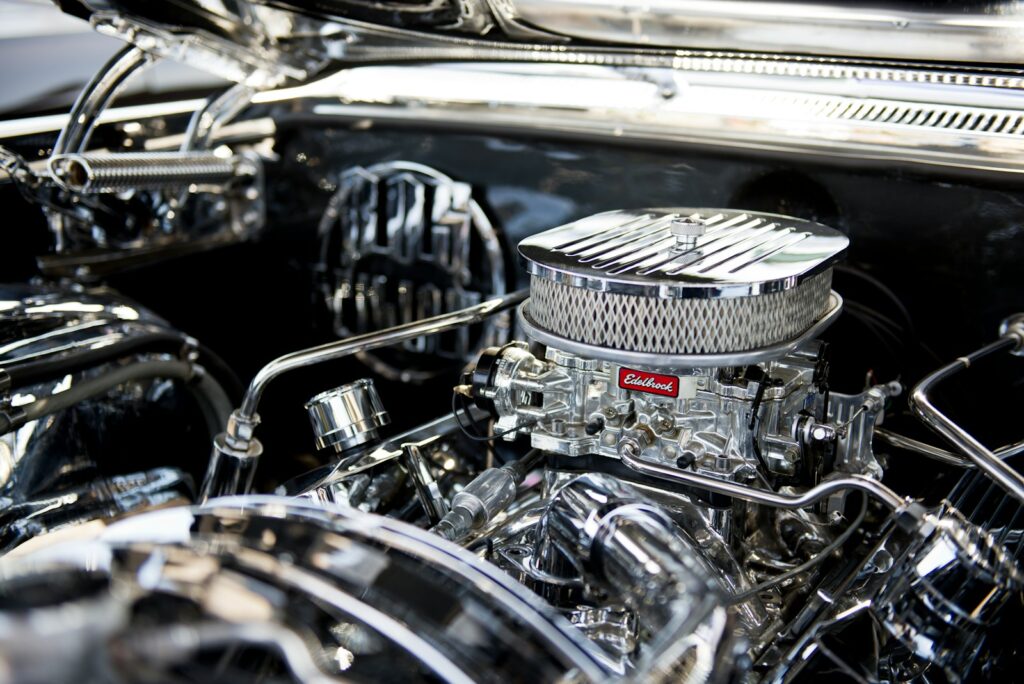
9. **Your Driving Style Is Hard On The Engine**It may come as a surprise, but your personal driving style can have a substantial, often underestimated, impact on your vehicle’s oil consumption. Unlike mechanical malfunctions or fluid-related issues, this factor is entirely within the driver’s purview, presenting a unique opportunity for immediate and cost-free remediation. The manner in which you engage with your car’s throttle, braking, and gear selection directly dictates the levels of stress exerted upon the internal engine components, and consequently, its overall thirst for oil. Adopting a more mindful approach to driving can significantly curb excessive oil usage.
One prevalent driving habit that directly contributes to increased oil consumption is “lugging” the engine. This occurs when a driver attempts to make the engine work harder at excessively low RPMs, such as trying to accelerate aggressively or pass another vehicle on the highway without first downshifting. In such scenarios, the engine struggles to generate power, placing immense strain on piston rings and cylinder walls. The combination of increased internal pressure and reduced lubrication effectiveness at these suboptimal low RPMs can compel more oil to seep past the piston rings and into the combustion chambers. Conversely, repeated and sustained operation at excessively high RPMs, or “redlining,” also markedly accelerates oil consumption. Prolonged high-RPM operation drastically intensifies heat and friction, overwhelming the lubrication system and causing more oil to be burned off or forcibly ejected past seals. Moreover, working an engine too hard, lugging it, or operating it consistently in high temperatures can increase oil consumption, further supported by the “blowby” phenomenon where oil and gases are pushed past piston rings into the crankcase, adding to overall oil consumption.
The immensely positive aspect of addressing this cause of oil consumption is its sheer simplicity and lack of associated costs. No expensive repairs or specialized tools are necessary. The solution lies entirely in adjusting your driving behavior to be more measured, smooth, and attentive to your vehicle’s needs. This involves adopting a gentler approach to acceleration and braking, and crucially, ensuring you downshift when necessary to keep the engine operating within its healthy, efficient RPM range, thereby avoiding both lugging and habitual redlining. By aligning your driving style with your car’s design specifications, you can substantially mitigate internal engine stress, minimize heat and friction, and ultimately curtail unnecessary oil consumption, thereby significantly extending the operational life and efficiency of your engine for countless miles ahead.
Read more about: Unlock the Open Road: 12 Genius Ways to Double Your Car’s Cargo Space for Any Road Trip
Navigating the complexities of engine oil consumption can indeed feel daunting, particularly as vehicles accumulate miles and the specter of costly repairs looms. However, by thoroughly understanding these nine critical causes—ranging from the natural wear and tear of internal components and the subtleties of choosing the correct oil to the often-overlooked impact of your own driving habits—you are now empowered with the knowledge to proactively diagnose, effectively address, and ultimately prevent your engine from succumbing to the dreaded title of an ‘oil guzzler.’ Regular, informed maintenance, meticulously executed and coupled with an attentive, considerate driving style, isn’t merely about saving a few dollars on oil; it is an investment in preserving the very heart of your vehicle, ensuring it continues to run reliably, efficiently, and with unwavering performance for many more journeys down the road. Stay vigilant with your oil checks, internalize these crucial insights, and you’ll be well on your way to enjoying a healthier, happier, and much more economical engine for years to come.

